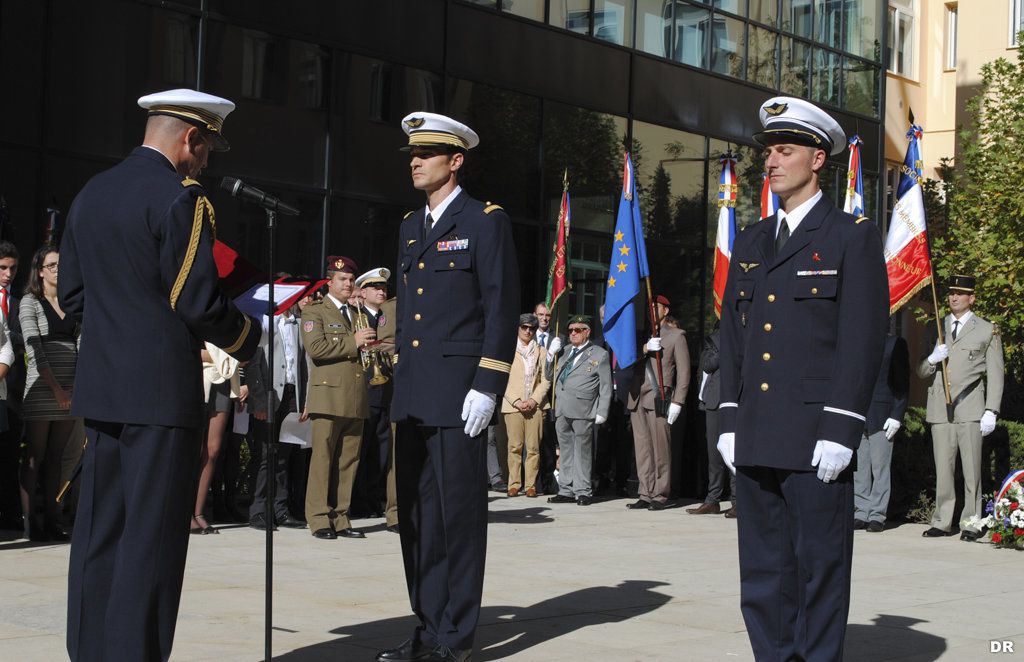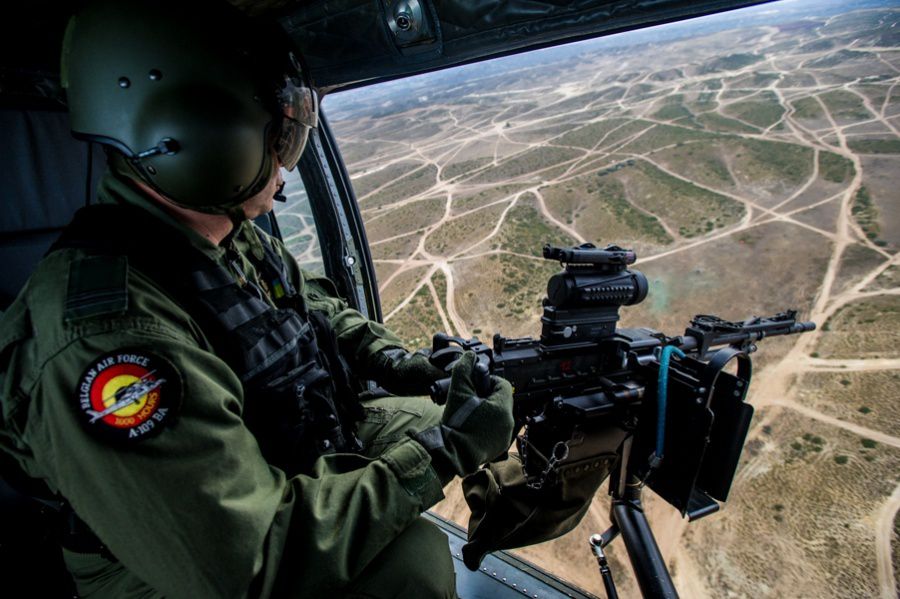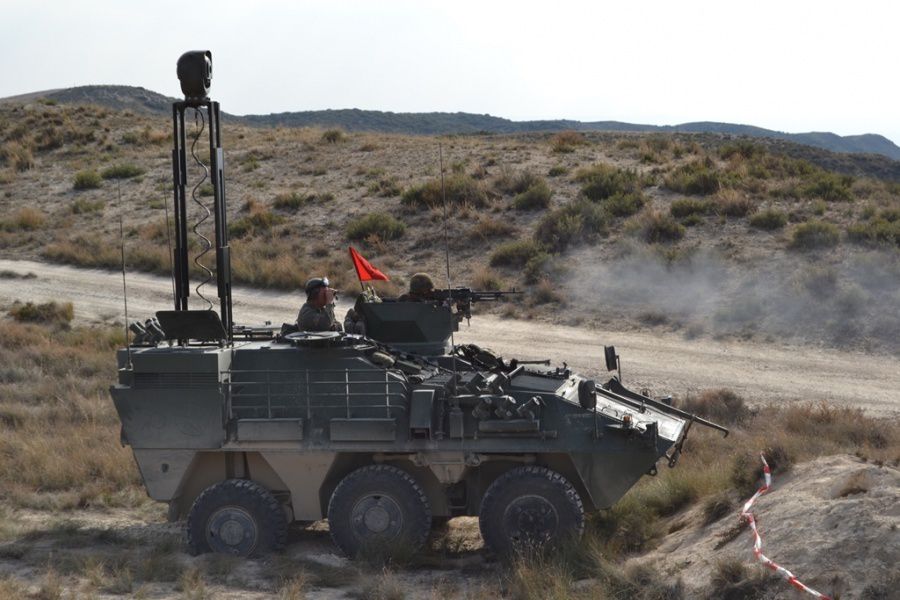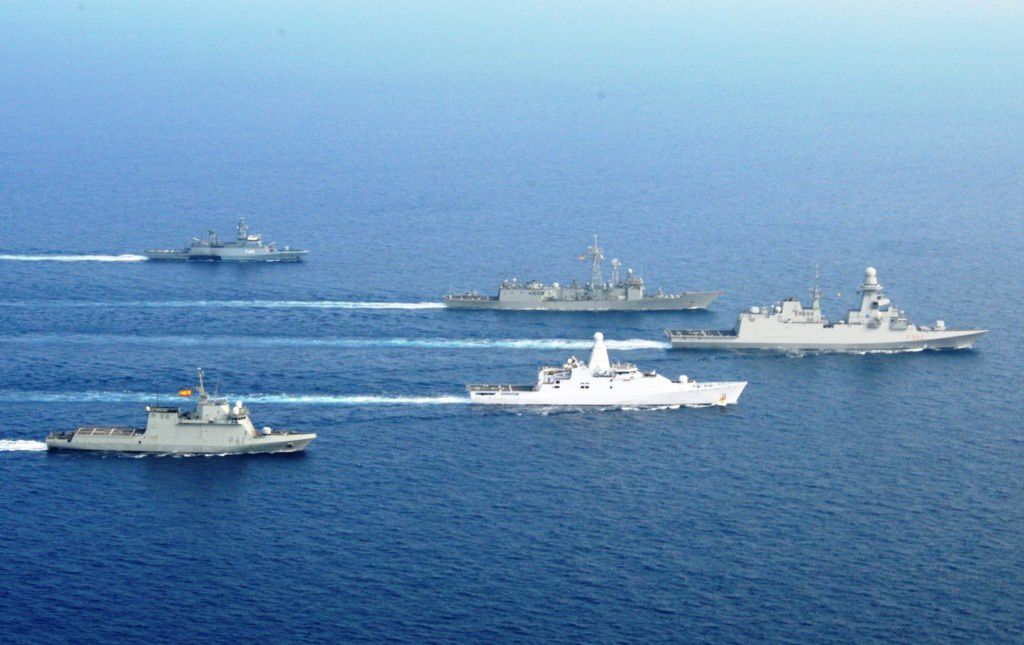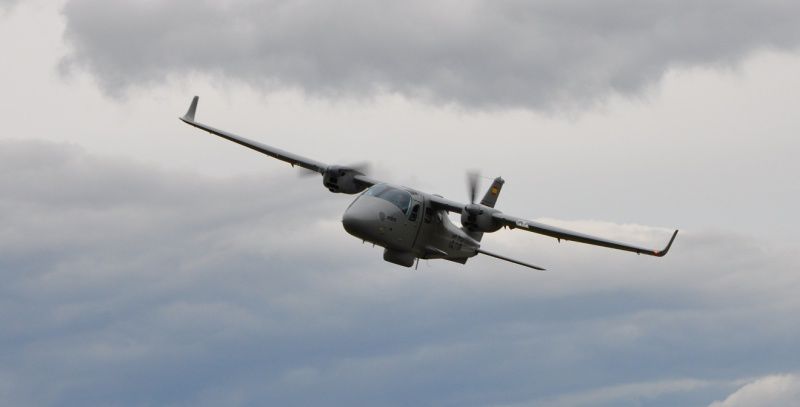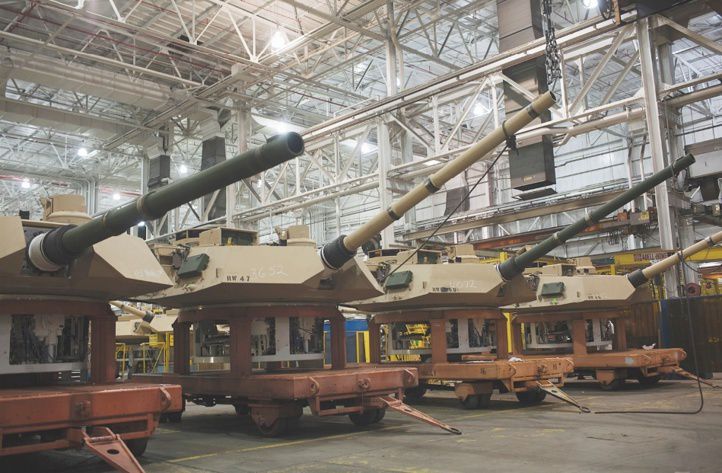Selon Laurent Collet-Billon, les spécifications d'un contrat d'études et de définition et les projets de protocole d'accord sont en cours d'établissement, la notification de ce contrat étant prévue pour mars 2016. Un contrat d'études qui s'élève en principe à 60 millions d'euros. "Ce programme devrait déboucher un peu avant 2025", a-t-il précisé. Enfin, il a averti que s'agissant de la définition des capteurs qui compte autant que le porteur, que "nous serons vigilants au fait que notre industrie soit prise en considération avec les égards qu'elle mérite, compte tenu de son niveau de technicité".
"L'eurodrone", un programme voulu par Jean-Yves Le Drian
Ce programme est un programme cher à Jean-Yves Le Drian. Lors d'une audition à l'Assemblée nationale fin septembre, le ministre de la Défense a d'ailleurs expliqué que "nous nous engageons désormais dans un projet d'eurodrone, même s'il ne porte pas encore ce nom". Si Jean-Yves Le Drian avait annoncé en mars dernier un contrat d'études en 2015, il devra donc attendre en 2016 si bien sûr il reste au ministère de la Défense.
"Notre effort en matière de drones de surveillance et d'ISR (Intelligence, Surveillance & Reconnaissance, ndlr) devrait être accentué, avec notamment, dès cette année, le lancement des études relatives au futur drone européen, que la France envisage à l'horizon 2025 avec l'Allemagne et l'Italie", avait déclaré le ministre de la Défense, Jean-Yves Le Drian, lors d'une conférence de presse en mars.
En attendant la France commande de nouveaux Reaper
Parmi les principales commandes déjà notifiées en 2015 par le ministère de la Défense, figure la commande d'un deuxième système de drones américain Reaper en juillet dernier. La fin de l'année devrait être l'occasion d'une nouvelle commande "à brève échéance" d'un nouveau système américain. La direction générale de l'armement a reçu "la lettre d'offre américaine fin septembre 2015", a d'ailleurs précisé Laurent Collet-Billon. L'armée de l'air américaine "exige un paiement immédiat, qui pourrait être initialement de quelques dizaines de millions d'euros", a expliqué Laurent Collet-Billon.
Au début de l'été de cette année, l'armée de l'air a reçu un troisième vecteur aérien pour compléter le premier système Reaper. En 2016, un nouveau système Reaper sera livré. La loi de programmation militaire (LPM) prévoit la livraison de douze drones, en quatre fois.Sur la francisation des drones, le DGA a promis aux députés que "l'autonomie de pilotage viendra". "Nous avons deux objectifs : l'autonomie dans la conduite de nos missions et la possibilité d'avoir une charge utile de ROEM (renseignement d'origine électromagnétique, ndlr) à terme. Nous examinons comment nous pourrions faire dériver une charge utile pour nos propres drones MALE ou d'autres porteurs. Pouvoir corréler le ROEM et le renseignement image est très important".
Les besoins de l'armée de l'air
Pour sa première audition à l'Assemblée nationale, le nouveau chef d'état-major de l'armée de l'air, le général André Lanata, a confirmé que les livraisons des Reaper étaient une des "priorités pour 2016". "Il s'agit, a-t-il expliqué, d'une des capacités clés dans la bande sahélo-saharienne, de sorte que la demande en heures de vol augmente : celles-ci ont doublé en l'espace d'un an".
Une capacité dont ne peuvent plus se passer les armées du monde entier comme en témoignait en avril dernier l'ancien chef d'état-major de l'armée de l'air, le général Denis Mercier."Les drones MALE Reaper sont une capacité absolument essentielle. Aujourd'hui, nous ne pourrions pas nous en passer, ni en Irak ni en Afrique. En Irak, nous n'utilisons pas les nôtres, mais presque aucun tir n'est effectué sans une identification validée par un drone et sans une évaluation par le même moyen des dommages collatéraux, qu'il s'agit de minimiser. En Afrique, les drones nous permettent de mener de très nombreuses missions et ont contribué aux succès que nous avons obtenus lors d'opérations spéciales. Le problème avec les drones, c'est que plus on en a, plus on en a besoin ! Ils garantissent une permanence de la surveillance, indispensable à nos opérations. Grâce aux drones, nous arrivons assez bien à suivre les groupes terroristes au nord du Mali et nous avons pu attaquer de nombreux petits dépôts de munitions et de carburant qu'ils avaient reconstitués".
Dans ce contexte, il s'est dit "attentif à la livraison, courant 2016, du deuxième système, à la commande du troisième avant la fin de l'année 2015 et à la commande du quatrième en 2016, afin que nous soyons en mesure d'atteindre le format décrit dans la LPM". Le général Lanata veillera également "à ce que soit étudiée l'acquisition d'une capacité de pilotage des missions depuis la France, avec une station sol sur la base aérienne de Cognac, qui permettrait de soulager temporairement la pression que subit un nombre d'équipages limité à ce stade".








/image%2F0547456%2F20160127%2Fob_eafa35_stele-sur-la-base-aerienne-de-nancy.jpg)
/image%2F0547456%2F20160127%2Fob_7f0e8a_une-plaque-commemorative-a-ete-dev.jpg)







/image%2F0547456%2F20151208%2Fob_6ab3d9_151124-np-ba188-c-j-marces-exercice-a.jpg)
/image%2F0547456%2F20151208%2Fob_8d3f45_151124-np-ba188-c-j-marces-exercice-a.jpg)
/image%2F0547456%2F20151208%2Fob_3c302a_151124-np-ba188-c-j-marces-exercice-a.jpg)

